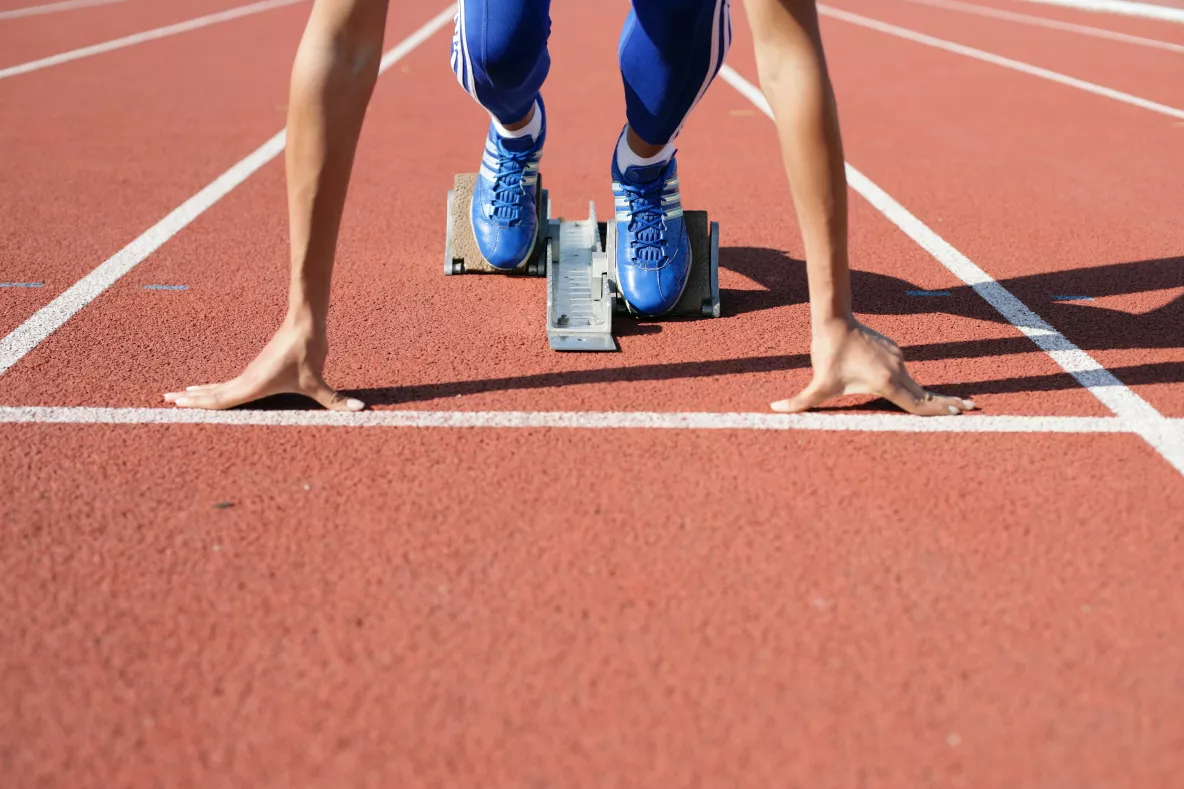

Research Impact: Comparison of the neuromuscular performance of different athlete types may give insight into the in-vivo variability of these measures and their underpinning mechanisms. Explosive torque production was greater in sprinters, evidenced by greater rate of torque development in this cohort across ankle angles for early-phase rate of torque development (0-50 ms, 50-100 ms), and at the dorsiflexion angle for both early and late-phase (100-150 ms) rate of torque development. The improved onset synchronization of the predominantly fast-twitch gastrocnemii muscles and the intrinsic contractile properties of the sprinters may explain the greater early-phase rate of torque development. Sprinters’ demonstration of greater late-phase rate of torque development at the dorsiflexion angle is consistent with increased relative maximal voluntary torque at this angle, which has been shown as a key determinant of late-phase rate of torque development. The findings of this study indicate that increasing explosive torque in the initial portion of contraction onset is primarily due to intrinsic contractile properties and synchrony in neural activation of the gastrocnemii muscles, thus training explosive movements can induce adaptations in these properties. For late-phase rate of torque development, improvements in maximal strength, potentially through neural adaptations rather than increased muscle size of the plantar flexor appears critical. For sprint performance, our findings demonstrate that sprint-specific training induces adaptations in early-phase rate of torque development across ankle angles, but late-phase rate of torque development adaptations may be more related to the event-specific demands.
Crotty, E.D., Furlong, L.A.M, and Harrison, A.J. (2023). Neuromuscular Plantar Flexor Performance of Sprinters versus Physically Active Individuals, Medicine & Science in Sports & Exercise, DOI: 10.1249/MSS.0000000000003288